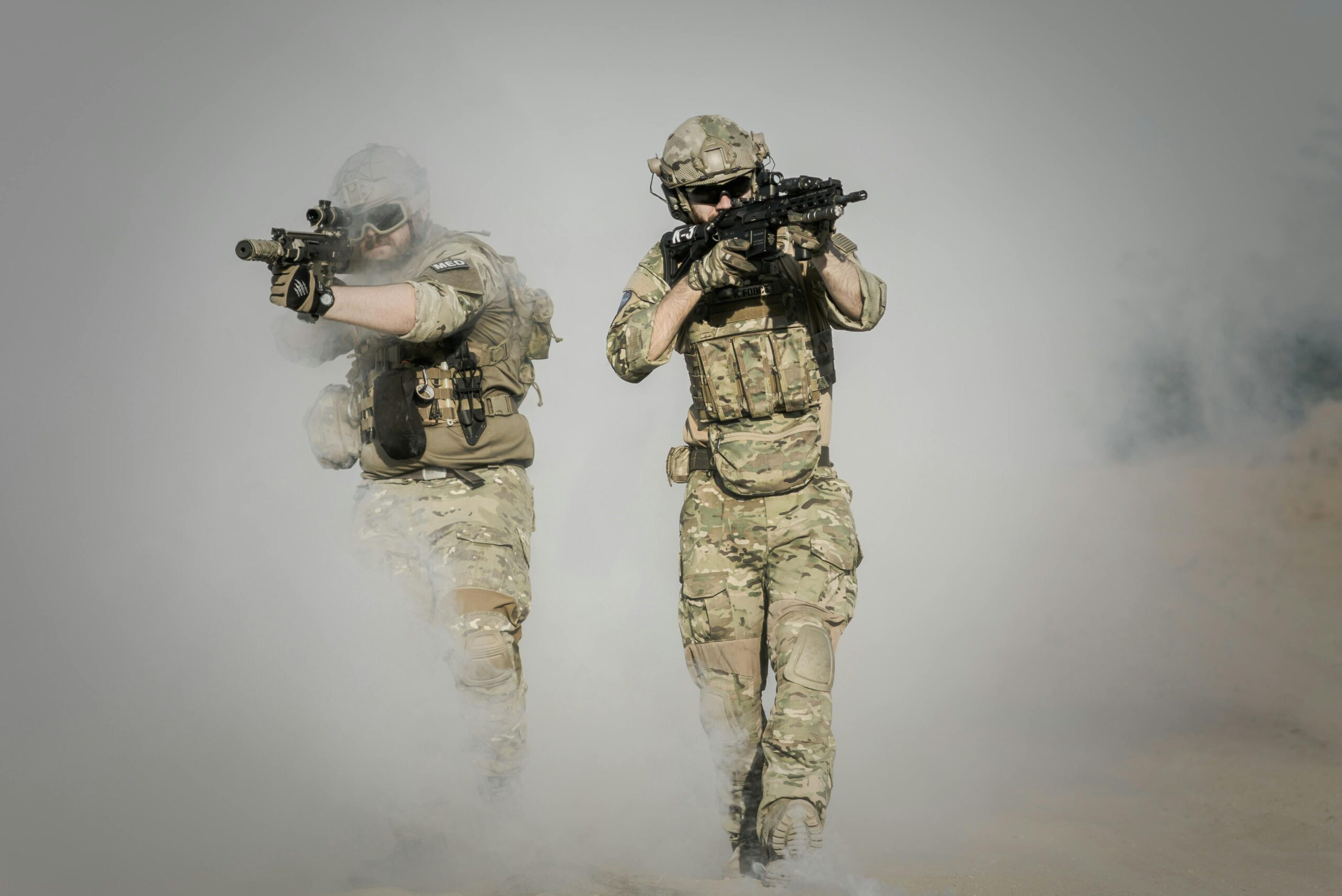In the aftermath of military service, veterans often carry home more than just physical scars. The transition from active duty to civilian life can unfold as a complex journey laden with challenges that are invisible to the untrained eye. Keep reading to delve into veterans’ multifaceted struggles, casting light on issues that demand our attention and empathy. From mental health battles to the nuances of reintegration into society, we explore the silent wars our heroes continue to fight.
The Invisible Wounds of War
The battlefield extends beyond the physical realm for many veterans, with mental health issues emerging as one of the most pressing challenges. Post-traumatic stress disorder (PTSD), anxiety, and depression are prevalent among those who have served, yet these conditions often remain shrouded in stigma. The relentless memories of combat, loss of comrades, and the stark contrast between military and civilian life can lead to a sense of isolation. Despite the growing awareness, the path to seeking help is fraught with obstacles, including the fear of being perceived as weak. Encouraging open conversations and ensuring access to supportive mental health services is crucial in helping our veterans heal from these invisible wounds.
Navigating a New Battlefield
Transitioning back to civilian life poses another significant hurdle for veterans. The shift from a highly structured military environment to the relative autonomy of civilian existence can be disorienting. Finding employment, adjusting to a different pace of life, and re-establishing family roles can provoke anxiety and stress. Moreover, the skills and experiences veterans acquire during service often go unrecognized in the civilian job market, leading to underemployment or dissatisfaction. Amid these personal battles, veterans also have to navigate the complex landscape of veteran benefits and services, a task made more daunting by the occasional political scandals that mar public trust in the institutions meant to support them.
Beyond the Battlefield Injuries
While combat-related injuries are the most visible physical ailments veterans face, their health struggles often extend to chronic conditions that develop later in life. Exposure to hazardous materials, strenuous physical demands, and the psychological toll of service contribute to a higher risk of heart disease, diabetes, and musculoskeletal disorders. Access to healthcare becomes a critical issue, as navigating the Veterans Health Administration can be a challenge in itself. The gap in care for those who do not qualify for VA benefits or live far from VA facilities exacerbates the situation, underscoring the need for comprehensive healthcare policies that address the unique needs of veterans.
The Battle Beyond the Bottle
Substance addiction represents a formidable challenge in the lives of many veterans, with alcohol being a common vice. The reasons behind substance use vary, including attempts to self-medicate for mental health issues, cope with the stress of reintegration, or numb the pain of physical injuries. The statistics are alarming, indicating a higher prevalence of substance abuse among veterans compared to the civilian population. This addiction not only affects individuals but also has far-reaching impacts on their families and communities.
The road to recovery is fraught with obstacles, yet hope shines through in the form of dedicated support systems and rehabilitation programs tailored to veterans’ unique experiences. A veterans alcohol rehab, for instance, offers a beacon of hope, providing specialized care that addresses not just the addiction but the underlying issues rooted in military service. These programs emphasize the importance of understanding the interconnectedness of mental health, physical well-being, and substance abuse, offering a holistic approach to healing. The journey is not easy, but with the right support, veterans can reclaim control over their lives, embarking on a path toward recovery and renewal.
The Silent Struggle
Social isolation stands as a silent but pervasive challenge for many veterans, exacerbated by the difficulty in relating to those who haven’t experienced the rigors of military life. This disconnect can lead to feelings of loneliness and misunderstanding, further deepening the chasm between veterans and the civilian world. Building bridges through community engagement, veteran support groups, and social activities tailored to reintegrating veterans can play a crucial role in combating this isolation. These initiatives not only foster a sense of belonging but also provide platforms for veterans to share their experiences and heal together. Addressing social isolation is vital in ensuring that veterans feel understood, supported, and valued within the community, marking an essential step toward their successful reintegration into civilian life.
Through exploring these critical issues, we gain a deeper understanding of the multifaceted challenges veterans face upon returning to civilian life. The journey is complex, marked by visible and invisible battles. However, it’s imperative that, as a society, we commit to supporting our veterans through these struggles, offering compassion, understanding, and tangible assistance. By doing so, we not only honor their sacrifices but also help facilitate a smoother transition to civilian life, ensuring they receive the respect, care, and opportunities they so richly deserve.
